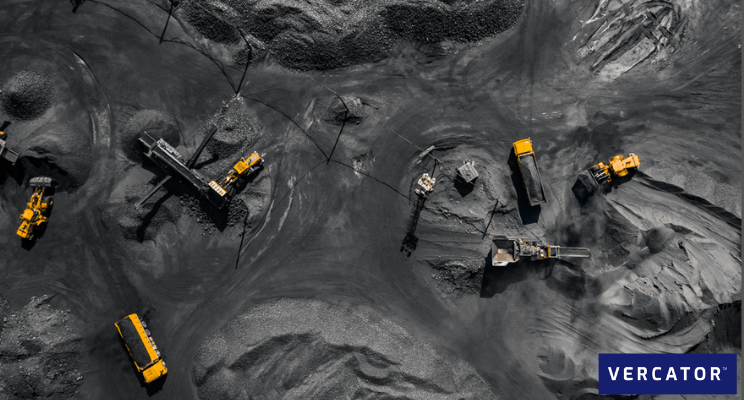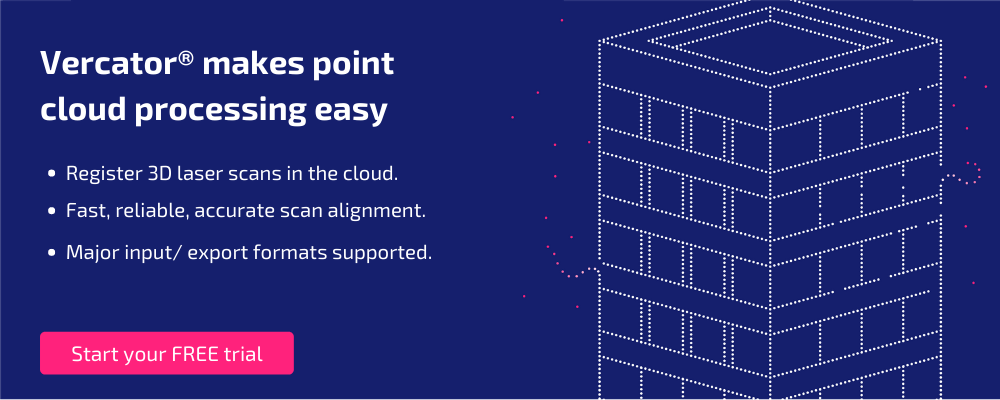How Mine Surveying is Changing an Industry

Technology is transforming the face of surveying, and in turn mine surveying is having a significant impact on the mining industry. While still focused on collecting and positioning spatial data, new surveying methods and workflows are fundamentally changing how mining is carried out.
LiDAR and SLAM scanners, coupled with drones and unmanned aerial vehicles (UAVs), have the capacity to create data that transforms how mines are managed, while innovative point cloud processing and registration software solutions are producing digital twins of mines and surrounding areas. Mine owners can now maintain, display, analyse and manage vast amounts of digital data — making their operations safer, more sustainable and cost-efficient.
This article will look at the crucial role mine surveying plays in the industry and the advances in surveying technology making this possible. Let’s get started.
Suggested reading: For more on the adoption of laser scanning in the mining industry, check out of blog — 5 ways the mining sector can increase laser scanning adoption
Surveying – the changes
The mining industry is under considerable pressure. There is a growing demand for companies to gauge their performance against a triple target of social, financial and environmental performance. At the same time, the need to be efficient and cost-competitive is still very much present. Fortunately, reality capture and the best use of data is helping the mining industry meet these challenges.
Ensuring accuracy and detail of planning
Like all other major projects, a mining operation needs to design, develop and maintain its site and critical infrastructure. Fundamentally, surveying enables better visibility and planning throughout the lifetime of the mine.
From initial site selection and analysis to set up and operation, surveying is crucial to provide the right data and resulting analysis to meet performance targets. Once a mine site becomes operational, the process of design, development, and extraction becomes an integrated and continuous loop, with this cycle remaining for the duration of the mine's lifespan, which is often measured in years, if not decades.
To ensure data is being used effectively, the focus must move away from the type, quality and amount of data generated. The objective now is for data to be acted upon.
The mining industry is taking advantage of advances in the building construction sector with their Building Information Modelling (BIM) initiative. BIM allows scans of the construction progress to be fully visualised at every stage, with information easily exchanged between stakeholders. As a result, physically complicated projects can now be far better understood and managed accordingly. In the context of mining specifically, BIM will enable the collaboration and accurate presentation of mine data throughout the lifecycle of a mine, with reality capture putting the modelling in touch with the real world to ensure the best outcomes.
Improving safety procedures
Mines are recognised as a hazardous working environment, and as such workforce safety needs to be at the heart of any successful mining enterprise. Laser scanning and modelling are here to help with this by giving mining operations the ability to identify workplace hazards that may not have been visible otherwise. For example, 3D laser scanning can now help measure ground adjustments and the overall stability of mines to ensure safety standards are maintained.
By quickly gathering, compiling, and sharing scan data, information can be applied to improve on-site safety measures and help decide what equipment employees need to stay safe in which environments.
As a result, mine surveying is at the forefront of:
- The use of drones to survey treacherous terrains or difficult to reach locations, keeping people away from potentially dangerous situations and hazards.
- 3D laser scanning/scan-to-BIM creating accurate 3D representations of mines which can detect structural flaws/other hazards before workers are put in harm's way.
- Remote control and robotics that reduce the number of people in the field at any one time.
- AR/VR being used to train the workforce before they go on-site.
- 3D surveying of accident scenes to improve safety procedures in future.
Meeting sustainability targets
Sustainability covers a wide range of activities, from community engagement before a mine's construction to final rehabilitation. Like many other industries, mining is now under increasing pressure to be more environmentally sound and socially responsible.
One example is the Responsible Lithium Partnership initiative funded by BASF, Daimler, Volkswagen, and Fairphone.¹ This downstream project aims to promote sustainable development, reduce the potential negative impacts of mining and strengthen the protection of human rights.
The capture and processing of data must be automated to ensure operational sustainability. Planning capabilities delivered by reality capture make it possible for operations to understand the impact of mining on the surrounding environment, calculate emissions or other pollutants.
Increasing speed of operations
Previous advances in mining technology have generally resulted in gains in efficiency, with the process and workflows remaining pretty much the same. Reality capture is changing the balance. By using automated capture technology such as UAV, drones and mobile scanners, more intelligence is being added to mining processes from:
- Artificial intelligence (AI)
- Machine learning
- Diagnostic, predictive and prescriptive analytics
- Scenario modelling
Such automation speeds workflows and processes. For example, drone automation enables essential insights to be obtained more frequently and consistently. These technologies will allow systems to:
- Understand the data flowing through operations.
- Enable situational awareness on a rapidly changing site.
- Develop near-real-time insights.
- Identify and test ways to improve the process.
The driving force behind mine surveying
Combining novel and better scanning devices with advances in robotics and automation has created a massive opportunity for change in mining. But it still needs a catalyst to bring it together.
The application of this type of technology brings two challenges:
- Coping with the sheer volume of scans and point cloud data produced.
- Finding the processing speed needed to register and collate all this data quickly enough for it to generate meaningful, actionable outcomes.
Inevitably, the need for processing speed and storage capacity leads to one solution — the cloud.
The cloud not only offers storage and processing efficiencies, using software you can generate multi-sensor workflows combining rapid Mobile Mapping Systems (MMS) with more accurate terrestrial laser scanning.


